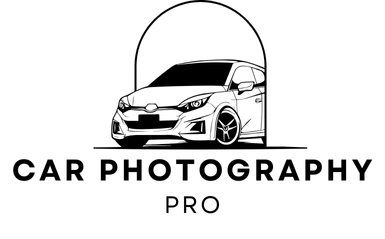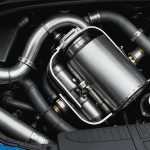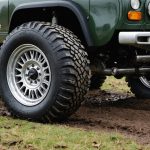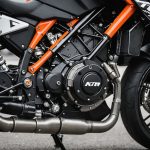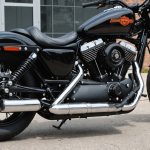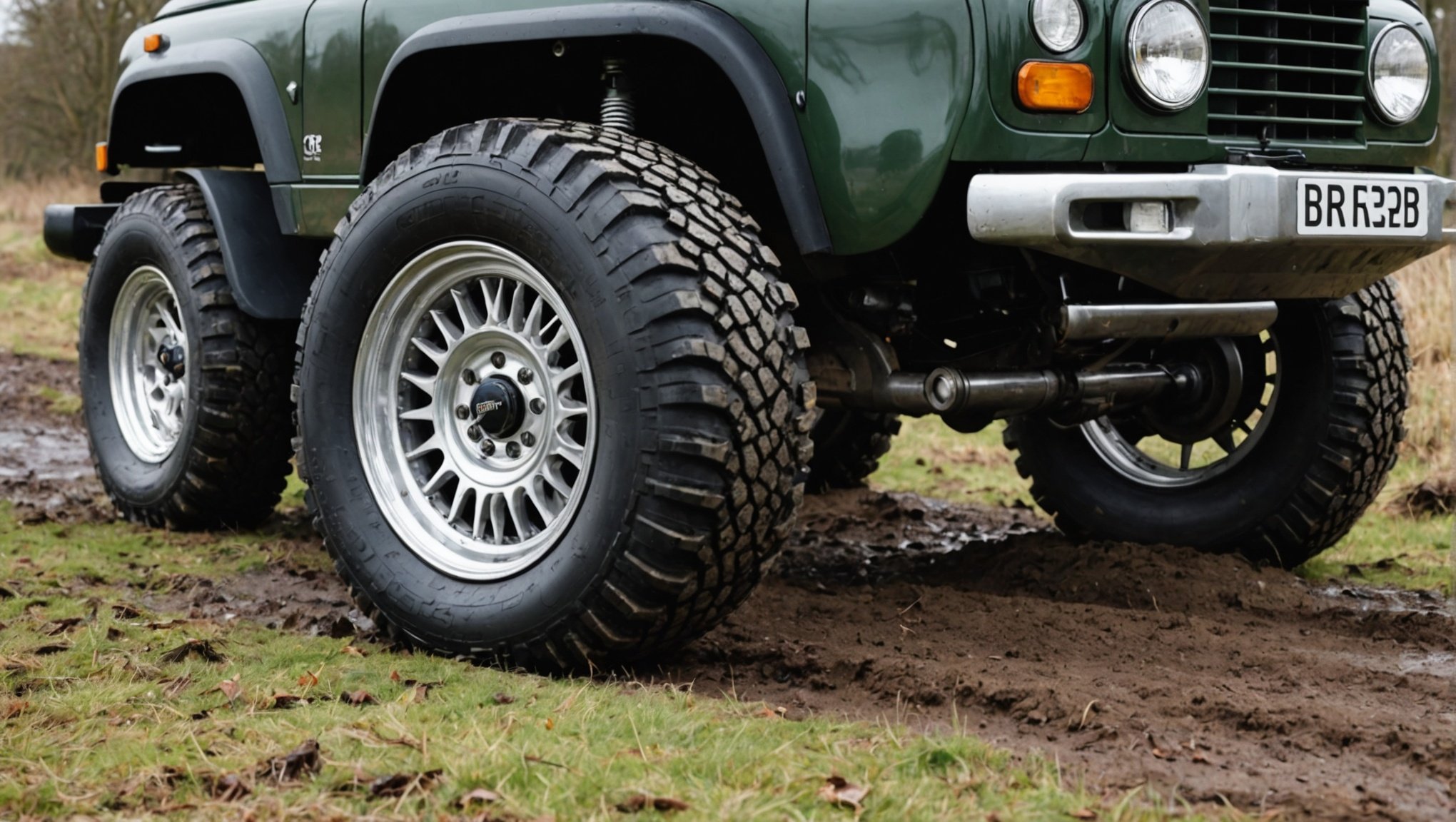Aligning the wheels on any off-road vehicle is crucial, but it’s especially important for British models known for their rugged performance and distinctive engineering. Proper wheel alignment enhances traction, improves handling, and extends the lifespan of your tires. This article will guide you through the steps to properly align the wheels on your British off-road vehicle, ensuring you maximize its performance on challenging terrains.
Understanding Wheel Alignment
Before delving into the steps, it’s essential to grasp what wheel alignment entails and why it is so crucial. Wheel alignment refers to the adjustment of the vehicle’s suspension—the system that connects a vehicle to its wheels. The primary angles adjusted during alignment are the camber, toe, and caster.
Topic to read : How to configure the dual-zone climate control in a British luxury sedan for maximum comfort?
Camber
The camber angle is the tilt of the wheels viewed from the front or rear of the vehicle. Positive camber means the tops of the wheels tilt outwards, while negative camber indicates an inward tilt. For off-road vehicles, a slight negative camber can enhance traction on uneven surfaces.
Toe
Toe alignment refers to the direction the tires point relative to the vehicle’s centerline. Toe-in means the front of the tires are closer together than the rear, and toe-out means the opposite. Correct toe alignment ensures that the vehicle drives straight and responds accurately to steering inputs.
In the same genre : How to install a wireless charging pad in a British electric car?
Caster
Caster is the angle of the steering axis when viewed from the side of the vehicle. A positive caster angle helps with stability and steering at high speeds, while a negative caster is generally avoided.
Understanding these angles and their impact on your vehicle’s performance is the first step toward achieving optimal wheel alignment.
Preparing for Wheel Alignment
Preparation is key to a successful wheel alignment. Without proper preparation, you risk inaccurate measurements and adjustments, which can negatively affect your vehicle’s performance.
Tools and Equipment
You’ll need specific tools and equipment to conduct a proper wheel alignment. These may include:
- Wheel alignment machine: This sophisticated device measures the angles of your wheels and helps ensure precision.
- Jack and jack stands: To lift and secure the vehicle safely.
- Wrenches and sockets: Various sizes to adjust suspension components.
- Tape measure: For checking toe alignment.
Preliminary Checks
Before making any adjustments, perform these preliminary checks:
- Tire condition: Ensure all tires are in good condition and inflated to the recommended pressure.
- Suspension components: Inspect for any wear or damage. Replace any faulty parts before proceeding with alignment.
- Vehicle level: Make sure the vehicle is on a level surface to avoid skewed measurements.
By preparing adequately, you ensure that the alignment process is smooth and accurate, ultimately leading to better performance and tire longevity.
Aligning the Wheels: Step-by-Step Guide
Now that you have a basic understanding and have prepared your vehicle, let’s dive into the step-by-step process of aligning the wheels on your British off-road vehicle.
Step 1: Set Up the Alignment Machine
Begin by properly setting up the wheel alignment machine. Follow the manufacturer’s instructions for calibration and mounting the sensors on each wheel. Ensure that the machine is correctly zeroed out before taking any measurements.
Step 2: Measure Initial Alignment Settings
Use the alignment machine to measure the current camber, toe, and caster angles. Record these readings for comparison after adjustments. This step will help you understand how far off your current alignment is and give you a baseline to work from.
Step 3: Adjust Camber
Start by adjusting the camber angle. Most British off-road vehicles have an adjustable upper control arm that allows for camber adjustments. Loosen the bolts on the control arm and move it to achieve the desired camber angle. Once set, tighten the bolts securely and recheck the angle with your alignment machine.
Step 4: Adjust Toe
Next, move on to the toe alignment. Adjust the tie rods to achieve the proper toe-in or toe-out setting. Typically, British off-road vehicles benefit from a slight toe-in to improve stability and traction on uneven terrain. Lock the tie rods in place and verify the measurements once more.
Step 5: Adjust Caster
Caster adjustments are usually less frequent but equally important. Adjust the caster angle through the control arms or caster plates, depending on your vehicle’s design. Positive caster is generally beneficial for off-road stability, so aim to set it within the recommended range.
Step 6: Final Checks and Test Drive
After making all the adjustments, re-measure the camber, toe, and caster to ensure they are within the specified limits. Tighten all components securely and conduct a test drive. Pay close attention to the vehicle’s handling, steering response, and overall ride quality. If necessary, make minor adjustments to fine-tune the alignment.
By following these steps meticulously, you ensure that your British off-road vehicle is well-aligned, leading to improved traction and handling.
Benefits of Proper Wheel Alignment
Understanding the benefits of proper wheel alignment can further emphasize the importance of this process. A well-aligned vehicle offers several advantages that extend beyond improved traction.
Enhanced Traction and Handling
Correct wheel alignment enhances traction by ensuring that the tires make optimal contact with the road surface. This is crucial for off-road conditions where uneven and slippery terrains are common. Improved handling also means better control and safety when navigating challenging environments.
Increased Tire Longevity
Improper alignment can cause uneven tire wear, leading to frequent replacements and increased costs. By maintaining proper alignment, you distribute wear evenly across all tires, extending their lifespan and saving money in the long run.
Better Fuel Efficiency
Misaligned wheels create drag, forcing the engine to work harder and consume more fuel. Proper alignment reduces this drag, leading to better fuel efficiency and reduced emissions—a significant benefit given today’s environmental concerns.
Reduced Vehicle Wear and Tear
Proper wheel alignment also minimizes stress on other vehicle components. When your wheels are aligned, there is less strain on the suspension system, steering components, and even the brakes. This translates to fewer repairs and a longer vehicle lifespan.
By understanding these benefits, you appreciate the value of taking the time to align your wheels properly.
Common Mistakes to Avoid
Even with a step-by-step guide, certain common mistakes can derail the alignment process. Being aware of these pitfalls can help you avoid them and ensure a successful alignment.
Ignoring Preliminary Checks
Skipping the preliminary checks can lead to inaccurate measurements and adjustments. Always ensure that your tires are in good condition, the suspension is intact, and the vehicle is on a level surface before proceeding with alignment.
Overlooking Manufacturer Specifications
Each British off-road vehicle has specific alignment settings recommended by the manufacturer. Failing to adhere to these specifications can compromise vehicle performance and safety. Always refer to the vehicle’s manual for the correct alignment settings.
Neglecting Post-Alignment Checks
After making adjustments, it’s crucial to re-measure the camber, toe, and caster angles. Neglecting these post-alignment checks can result in imprecise alignment, negating all your efforts. Always verify your adjustments before concluding the alignment process.
Rushing the Process
Alignment is a meticulous process that requires patience and precision. Rushing through the steps can lead to errors and suboptimal results. Take your time to ensure each adjustment is accurate and secure.
By avoiding these common mistakes, you increase the likelihood of achieving a precise and effective wheel alignment.
Properly aligning the wheels on your British off-road vehicle is essential for better traction, improved handling, and overall vehicle performance. By understanding the key alignment angles—camber, toe, and caster—and following a detailed, step-by-step guide, you can achieve optimal alignment. Additionally, recognizing the benefits of proper alignment, such as increased tire longevity and better fuel efficiency, underscores the importance of this process.
Remember to avoid common mistakes by conducting thorough preliminary checks, adhering to manufacturer specifications, performing post-alignment verifications, and taking your time to ensure accuracy. By doing so, you not only enhance your vehicle’s performance but also contribute to its longevity and safety.
In summary, wheel alignment may seem daunting, but it’s a manageable and incredibly rewarding task when done correctly. Equip yourselves with the right knowledge, tools, and patience, and you’ll be well on your way to mastering this essential aspect of vehicle maintenance.
